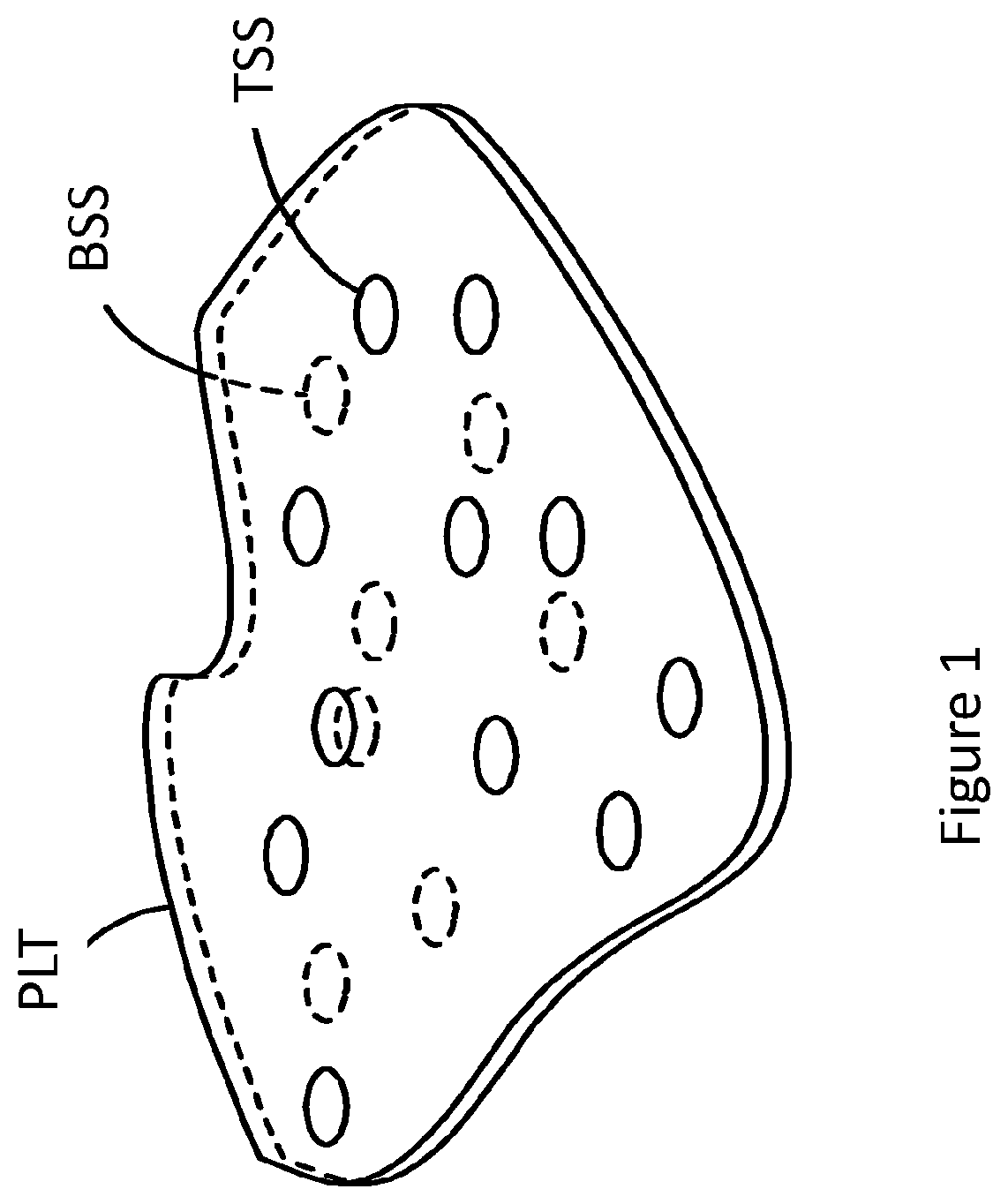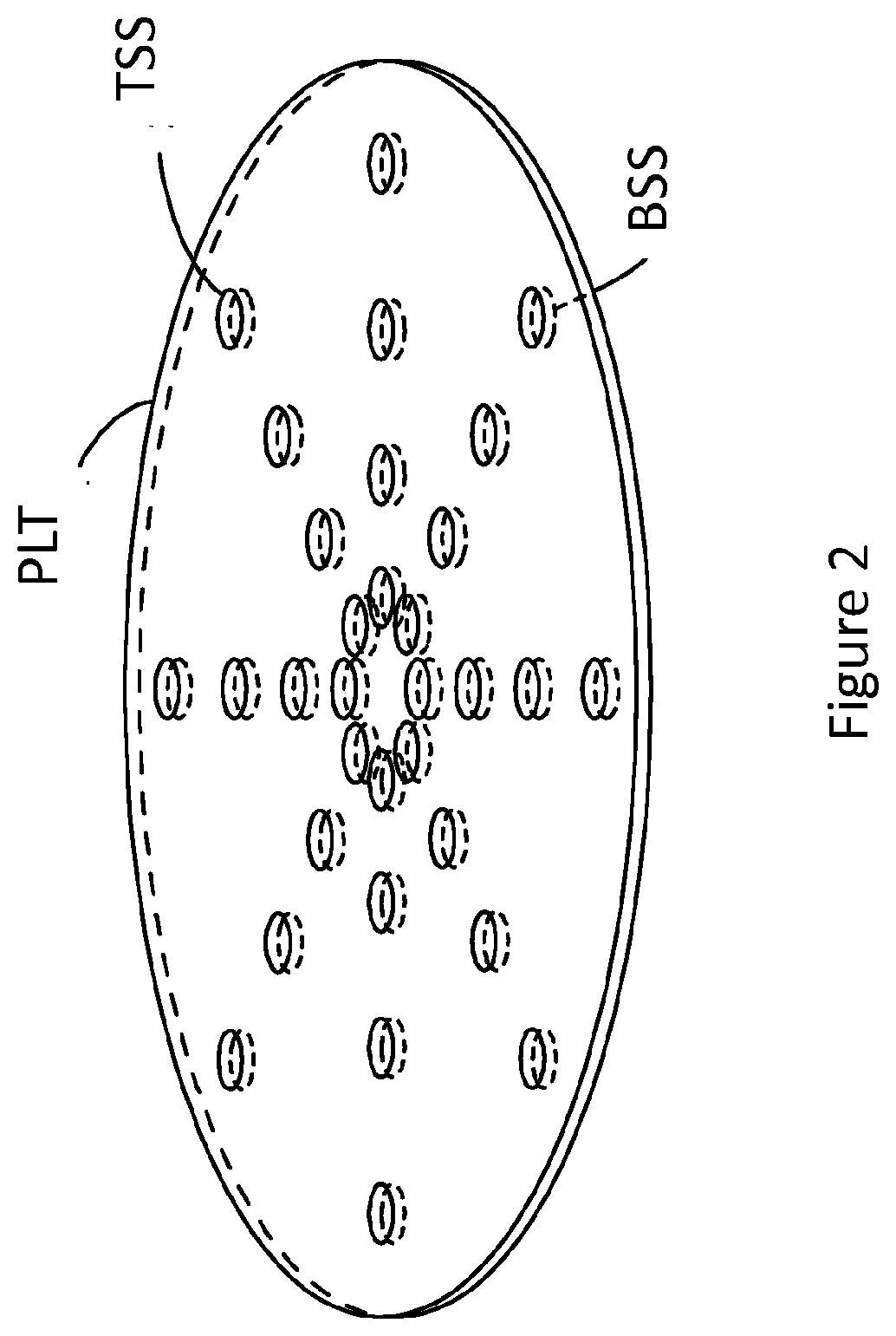Signal Acquisition Device for Acquiring Three-Dimensional (3D) Wave Field Signals
a wave field signal and signal acquisition technology, applied in the field ofsignal processing, can solve the problems of increasing the complexity of construction, requiring the use of first-order sensors, and the array type is costly to implement, so as to reduce computational costs
- Summary
- Abstract
- Description
- Claims
- Application Information
AI Technical Summary
Benefits of technology
Problems solved by technology
Method used
Image
Examples
specific embodiment
[0072]In a specific embodiment, referring to the cross section in FIG. 9, the invention comprises the following parts: A circular PCB made from the composite material FR-4 (1), with a thickness of 1.55 mm. The PCB has a diameter of 170 mm and is coated with an 18 μm thick layer of copper (2) forming the electrical connections between the components. The copper layers are in coated with a 20 μm thick epoxy-based solder mask (not shown). Electronic components are soldered to the circuit board. Each side of the circuit board is covered by a 0.5 mm thick protective sheet of polypropylene (4), deep drawn and drilled to provide openings (7) for electrical connectors (not shown) and the acoustic ports (6) of the microphones (5) and a piezo-electric transducer (not shown). The space between the circuit board and the polypropylene sheet is filled with epoxy resin (3). In this embodiment, the reflective plate consists of all the layers and components from and including the one sheet of polypr...
PUM
 Login to View More
Login to View More Abstract
Description
Claims
Application Information
 Login to View More
Login to View More - R&D
- Intellectual Property
- Life Sciences
- Materials
- Tech Scout
- Unparalleled Data Quality
- Higher Quality Content
- 60% Fewer Hallucinations
Browse by: Latest US Patents, China's latest patents, Technical Efficacy Thesaurus, Application Domain, Technology Topic, Popular Technical Reports.
© 2025 PatSnap. All rights reserved.Legal|Privacy policy|Modern Slavery Act Transparency Statement|Sitemap|About US| Contact US: help@patsnap.com



